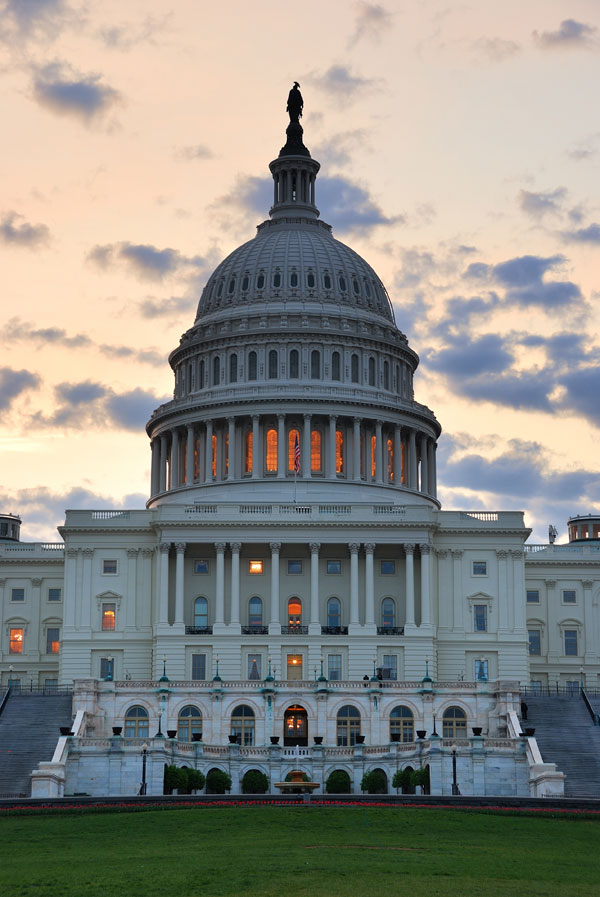Biden reaches a provisional deal to suspend U.S. debt ceiling

[The U.S. Capitol Building. Photo Credit to Freepik]
President Biden and House of Representatives speaker McCarthy finally agreed to lift the current debt ceiling of $31.4 trillion for two years until early January 2025, after the 2024 U.S. presidential election.
President Biden announced the approval of the deal would protect the U.S. economy and avoid the government from default, where the debts held by the government go over the limit that the government is authorized to borrow.
Although the U.S. has never defaulted on its debts, the overall trend in U.S. national debt has been growing almost at a constant rate in the last decade, increasing year by year.
President Biden expressed satisfaction and relief on this agreement after weeks of negotiation with the Republicans that will prevent a catastrophic default.
McCarthy also revealed that most Republicans in the House of Representatives are excited about the debt ceiling agreement that would limit deficit spending.
The agreement would also cap domestic spending for some government programs to reduce federal expenditure while protecting programs such as defense, social security, medicare, and veterans’ programs from spending cuts.
Senate Republican leader Mitch McConnell also showed full support for the agreement, urging the Senate to pass the deal without delay in the House of Representatives.
While the deal would cap non-defense spending increased by at most 1% in 2025, defense spending is estimated to increase by 11% from Biden’s proposal for 2024 budget spending.
President Biden has also stated that this agreement is a compromise, revealing that both parties had to make concessions to reach the goal of preventing a default that would lead to an economic recession.
Although most democrats and republicans had shown satisfaction over the deal, members of the freedom caucus consisting of Republican members of the House of Representatives have opposed this deal, as did progressive democrats who refused to make concessions.
Yet they were running out of time, as the treasury department had warned that the federal government might default by early June.
In a situation where there are any changes in the Senate over the deal passed by the House of Representatives, it would have to go back to the House of Representatives to pass the agreement into effect.
Despite senate republican leader Mitch McConnell’s optimism that most Republicans would support the bill, there is still a possibility of revolt among Republicans who may believe the deal does not cut enough federal spending.
However, there is a last resort for the House of Representatives to vote on raising the debt ceiling without any budget provisions as an emergency maneuver.
The House of Representatives is controlled by a slight Republican majority of 222 Republican and 213 Democrat seats.
It needs 218 votes to process the deal through the Senate.
On the other hand, the Senate has a slight Democrat majority of 51 Democrat seats and 49 Republican seats, which would require 60 votes in the case of “filibuster” by either party.
In the situation of a 50-50 tie in the Senate, vice president Kamala Harris could cast a vote to break a draw, and the deal afterward would have to be signed into law by President Biden to take effect.

- Kijoo Park / Grade 11 Session 1
- Branham High School

![THE HERALD STUDENT REPORTERS [US]](/assets/images/logo_student_us.png)
![THE HERALD STUDENT REPORTERS [Canada]](/assets/images/logo_student_ca.png)
